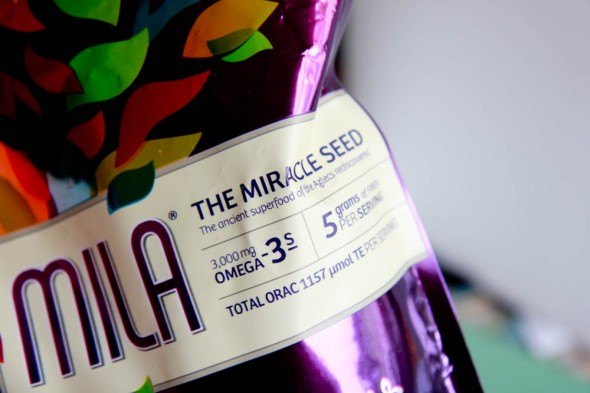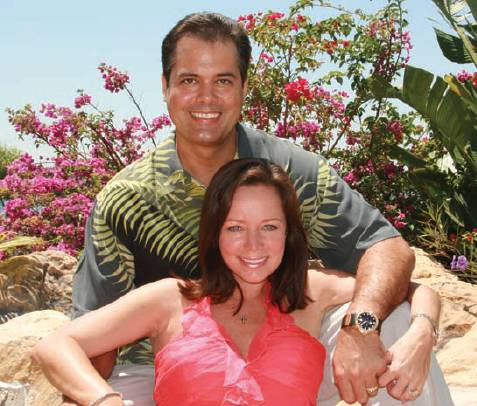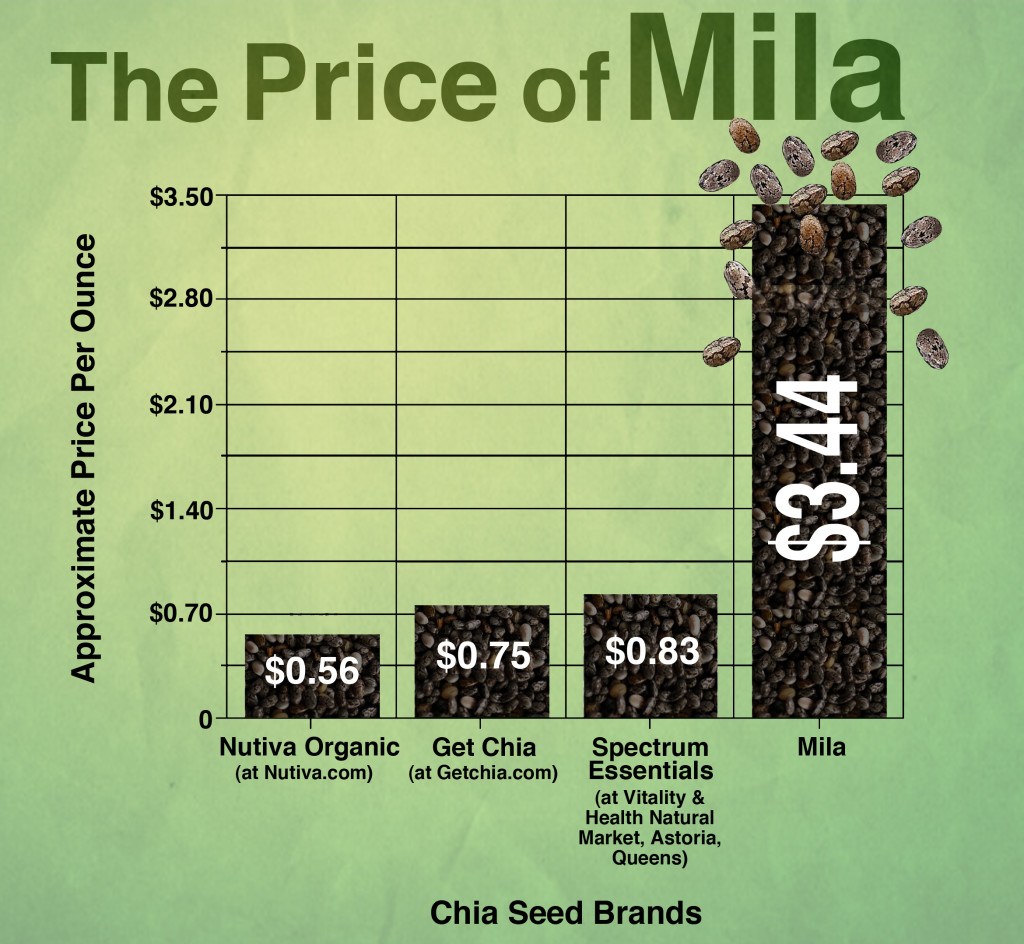 In her southern drawl, Stuart explained how she'd suffered for years—and treated herself with the giant Ziploc full of the supplements and medications that she showed the audience—until a friend introduced her to Mila Chia Seeds.
In her southern drawl, Stuart explained how she'd suffered for years—and treated herself with the giant Ziploc full of the supplements and medications that she showed the audience—until a friend introduced her to Mila Chia Seeds.
“I started eating Mila chia seeds, and about two weeks later, my back pain dissipated.” She scanned the crowd, nodding, encouraging them to be amazed.
This is the way that Mila, a blend of carefully sourced, de-shelled chia seeds, is slowly making its way around the country via network marketing.
While chia seeds are already a trendy superfood known for their high levels of protein and omega-3s, Mila says theirs are exponentially healthier than the others. They call it "the miracle seed," and they charge around three to five times as much as other brands—you'll pay $55 dollars for a bag that normally costs around $12.
If you haven’t heard of Mila, get ready. Someday soon, someone you know is going to try to sell it to you. We delved into the business and nutritional facts behind the chia seeds, so you'll be prepared. Here’s what we found:

The company
Mila is made by Lifemax, a company launched in October of 2008 by Jim and Sherri Wear in Orlando. The couple credited chia for helping to cure Sherri’s depression, and they decided to bring it to the masses.

{{post.sponsorText}}
After testing chia from commercial growers, they found the nutrition profile of the seeds varied greatly—from protein, fiber, and omega-3s—depending on the source.
So, taking the approach of Champagne bottling, the Wears decided to combine batches. “By blending the many seeds together in a perfect way, you’re able to achieve this high level of nutrients,” says Jim Wear.
Lifemax also uses high-tech equipment to clean and extract chia seeds from their shells, even though it’s generally accepted that they're just as nutritious when eaten whole.
The result is what the company calls a "superior chia seed" that they charge a serious premium for—more than three times the price of other brands.
The sales strategy
 Instead of stocking Whole Foods' shelves with Mila, Lifemax launched a network marketing system, the strategy of friends-selling-to-friends popularized by Avon and Arbonne.
Instead of stocking Whole Foods' shelves with Mila, Lifemax launched a network marketing system, the strategy of friends-selling-to-friends popularized by Avon and Arbonne.
At events like the one I attended in New York, salespeople try to draw in new recruits by emphasizing the amount of money to be made (although they never mention actual numbers) and the miracle benefits of chia, which, they reason, you should want to share with the people you love.
The science is presented in easy-to-digest tidbits, and presenters rely heavily on exaggerated anecdotal stories like Susan’s. At that session, presenters shared instances of Mila curing acid reflux, migraines, and IBS, to name a few—with a compulsory: "By the way, we’re not making medical claims," thrown in at the end, after everyone had stopped paying attention.
The science
So how do you sort through the marketing? We did some serious research on chia’s nutritional value, which you can read here. In the end, it comes down to this: Mila Chia Seeds are definitely good for you, but Lifemax hasn’t convincingly proved that they're better than other brands currently on the market.
Jim Wear promises that research will soon be released backing up his claim that chia seeds must be opened (or shelled) in order to reap their nutritional benefits (which would be groundbreaking!). Until then, the accepted wisdom is that they don't have to be.
Our take? Save your money for now. If the company proves us wrong sometime soon, we'll be happy to embrace the magical purple bag. —Lisa Elaine Held
Loading More Posts...